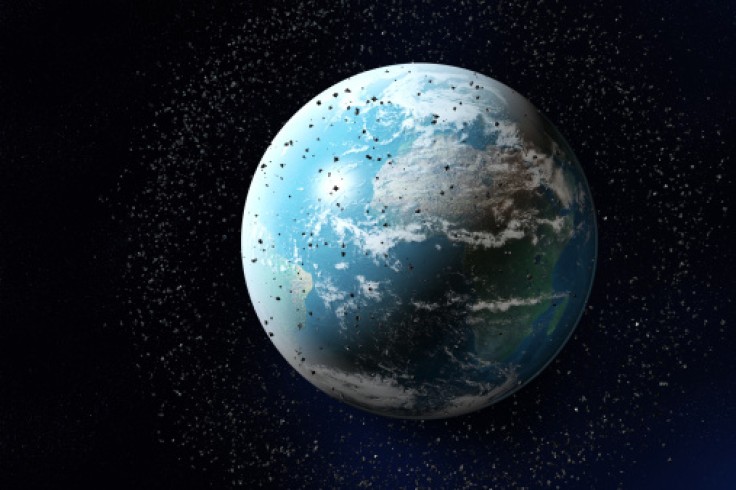Satellites have become a huge part of technology as it is important for communication, broadcasting, navigation, research, and more. However, it has become alarming how many of them are being sent to space, and astronomers have taken notice of its effects.

Effects of the Space Debris
A group of scientists published a paper detailing the impact of the increasing number of satellites orbiting the Earth. According to reports, there are 9,000 satellites today, which will increase over six-fold by 2030 with 60,000 satellites.
An estimate provided by the European Space Agency (ESA) says that there are more than 100 trillion untracked pieces of old satellites in orbit, as mentioned in Interesting Engineering, and it will continue to increase in the following years.
Fabio Falchi and his associates from the Universidade de Santiago de Compostela pointed out that the problem can be seen in the sky in the form of light pollution. They mentioned that the light pollution from the Earth and low-orbit satellites worsens as space junk increases.
This can be a problem for observers of the sky since the reports say that there are almost no locations left on Earth that are viable for observatories. This may cause problems when it comes to detecting objects that may pose a threat to the planet.
This issue has also gotten the attention of NASA before, as it gave SpaceX's Starlink a warning regarding its constellation of satellites, saying that it could interfere with "redirecting a potentially catastrophic impact." Astronomers also spoke out against the company saying "we all share the sky."
Other Issues Increasing Satellites May Pose
The increasing space debris in Earth's orbit is not just an issue for people on the ground. There have been instances where active operations out in space have been put in danger due to it, which is what happened this March 2023.
The International Space Station performed a maneuver by firing the thrusters on the Progress 83 spacecraft, which was docked in the ISS. It was to avoid the incoming collision with an Earth-imaging satellite launched in 2020.
Luckily for the astronauts on board, they had a lot of time to perform the avoidance since NASA received the alerts 30 hours ahead of time. Even though the ISS was deemed safe before the boost, the thrusters were still fired.
It's not something that happens rarely either. In 2022, the International Space Station had to perform the same move twice in order to steer clear of two potential impacts. In 2014, astronauts maneuvered the ISS four times to avoid potential collisions.
Although some satellites are small compared to the ISS, the threat comes from the velocity at which the space debris travels. It can go as fast as 22,300 miles per hour, according to National Geographic. The speed of a bullet, which is 1,800 miles per hour pales in comparison.
There is already an incident wherein two satellites did collide. The inactive Russian satellite Cosmos 2251 made an impact with the active US-based communication satellite Iridium 33, causing both to explode into many pieces of space debris.









